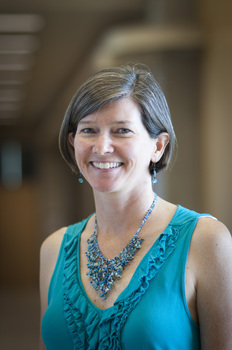This text-based course is a transcript of the seminar, “Incorporating Phonemic and Phonological Awareness in Speech Therapy to Improve Speech and Literacy” presented by Amy Skinder-Meredith, Ph.D., CCC-SLP.
>> Amy Skinder-Meredith: I am excited to give this presentation. I have been talking for a while about the need to address early literacy and phonemic/phonological awareness skills in children with severe speech sound disorders, and we have had an opportunity, last week and this week, to be doing a pilot, intensive camp using both motor speech therapy and working on literacy skills.
CAS Definition (ASHA, 2007)
I would like to discuss children who could benefit from literacy being built into their speech therapy. I work a lot with children with apraxia, and as you see, we have the definition that ASHA came out with in 2007. In general, we consider it a neurological speech sound disorder that has an impact on how consistent children are able to move the articulators. We are teasing it away from things like dysarthria, which is a different neuromuscular deficit, or anything structurally like a cleft.
We know that apraxia can occur as result of a known neurological impairment, in a complex of neurobehavioral disorders, but honestly at this point, it is most typically idiopathic; meaning we have no idea why it is happening.
The core impairment is in planning or programming the spatiotemporal parameters of movement sequences. Basically this is the concept of where do I put my articulators and when do I put them there? That has an impact on their speech production and their prosody; in other words, their intonation pattern.
Core Characteristics (ASHA, 2007)
The core characteristics include inconsistent errors on consonants and vowels when we have them repeat syllables or words. They have difficulty going from one syllable to the next or even one sound to the next which is what is meant by inappropriate prosody when they are actually trying to use prosody. If you have the child talk nonsense, they will actually do better with that than they will with intentional communication with real words.
Apraxia does tend to impact other areas. As Caruso and Strand talked about in 1999, the presence of this motor deficit often influences the development of phonology and other language processes. It is not uncommon to see a child with motor planning programming deficit to also exhibit phonological and other linguistic deficits.

